2010 Hennessey V700 - Click above for high-res image gallery
There are two kinds of people in the world. The first kind drives Cadillac's supercharged CTS-V, experiences the thrill of 556 horsepower paired with 551 pound-feet of torque and declares, "This thing is a monster. This is the fastest, most incredible American performance sedan ever made." Then you have the other type of person, the kind that takes the 4,300-pound CTS-V to 60 miles per hour in just over four seconds, runs the quarter-mile in 12.5 seconds at 115 mph and says, "Meh." Should you fall into that second category, John Hennessey has got a car for you.
John's calling it the Hennessey V700 and, as you might have ascertained, it's a Cadillac CTS-V pumped up on the best auto-steroids available in the Houston area. One crank of the fake key and your ears quickly explain that the gnashing, metal-on-metal-on-lava sounds leaking out from beneath the floor pan don't come from some run-of-the-mill super-Cadillac. No, something special is going on under that thar tortured hood. Viciously special. Follow the jump to find out exactly what.
Photos by Drew Phillips / Copyright ©2010 Weblogs, Inc.
First, a little background on the V700. As the muscular 6.2-liter LSA engine is already supercharged, Hennessey found it didn't have to do much to extract plenty of additional power. Official numbers are 707 horsepower at 6,400 rpm and 717 pound-feet of torque at 3,200 rpm. Die hard CTS-V fans will have already noticed that Hennessey raised the redline. The stock CTS-V hits the limiter at 6,200 rpm; the V-700 keeps going to 6,600 rpm. It should also be pointed out that while those are the official numbers, peak power is actually closer to 735 hp. That's right, we're talking around 650 hp to the wheels. On lame-old California-grade 91 octane, too. This particular V700 is a six-speed manual, but if slushboxes are your thing, Hennessey will convert an automatic CTS-V into a V700 if you wish.
So how'd Hennessey and his engineering boffins crank up the output? They increased the cold air intake diameter to four inches and attached a smaller blower pulley and a larger crank pulley, which ups the boost from the factory's 10 to 13.5 psi. The front-mounted heat exchanger has been swapped out, upping the intercooler's capacity by one gallon. Then they ported and polished the heads, upgraded the valves, valve springs and injectors. There's a new cam, too, as well as 1 7/8-inch stainless exhaust headers feeding into high-flow catalytic converters then into larger three-inch pipes. Finally, they remapped the ECU. The results are... total lunacy.
Hennessey claims that 0-60 is down to 3.7 seconds, which makes the Hennessey V700 Lamborghini Gallardo LP560-4 quick. It can run the quarter-mile in 11.07 at 128 mph, which is half a second faster than the Nissan GT-R. But the number that makes us sit up and take notice is the V700's standing mile time. A Corvette ZR1 can achieve 181 miles per hour in the standing mile. The V700 hits 185 mph. That's neck snapping, head against headrest banging, laughter inducing flat out nuts performance.
Let's stick to laughter. The first time I really goosed the V700's throttle, photographer Drew Phillips and I both burst out squealing. Nervous laughter of course, the kind you emit after surviving the first big drop of a roller coaster. My foot came off the pedal after perhaps two seconds. We were breathing hard. We were looking at each other in disbelief. One of us might have been swearing. We simply weren't prepared for the fury of the V700.
Minutes later we found an isolated stretch of road and got set for a launch. With the traction control fully on, I dumped the clutch at around 4,000 rpm. What happened next is more comic book than car review. The V700 lurched back on it's haunches, a bit of tire smoke appeared in the wing mirrors, the tach climbed to 6,000 rpm and the boost gauge pegged itself at 15 psi. Were we moving forward? Hard to say, as all I really remember was the manic whir of the supercharger and the throaty blat-blat of the exhaust. Then I shifted into second.
You know those test-of-strength machines that Popeye would bop with an oversized hammer, sending the metal weight/can'o'spinach up the pole? Imagine that but laying on the ground. The massive 305/35/20 Michelin Pilot Sport 2s finally hooked up, and in a big way. We flew, crazy-style and a little bit sideways, but we flew nonetheless. While my ham-fisted/footed machinations were without question one of the slowest ways possible to move the V700 down the road, it very well might have been the most viscerally fun method. Our proof is how hard we were laughing, which is to say crazy hard.
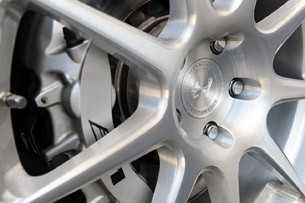
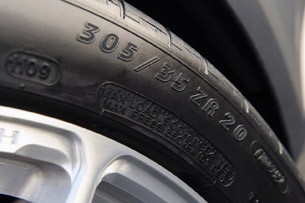
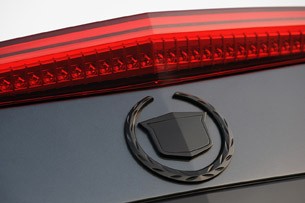
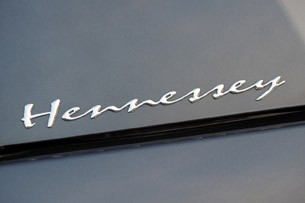
Subsequent "testing" revealed more of the same. The V700 sounds like Mel Gibson's V8 Interceptor from the Road Warrior when he flips on the supercharger. An inadvertent twitch of my knee caused a 40 mph increase in speed and nearly made Drew swallow his tongue. The V700 is so powerful it's actually intimidating to keep the throttle to the floor for longer than a moment. To wit: We hit 70 mph in first gear! I'd like to point out two things here: I'm old enough to remember that back in the '80s, the fact that the Lamborghini Countach could achieve 55 mph in first gear was big buff book news. Second, the V700 can actually go faster than 70 mph in first gear – at the time we mistakenly thought the redline was still 6,200 rpm and I backed off by mistake.
Then came the burnout. Drew Phillips and I have been doing a lot of burnouts lately, partly because we're both quite childish but mostly because they're too much fun not to do. They usually work like this: Rev it up, dump the clutch, wait a few moments, scoot forward to clear the smoke and go home. Not with the Hennessey. To begin with, it the took the mighty motor all of three seconds to totally envelop the car in smoke. So much so that the smoke got in front of the car and was being sucked into the cabin through the vents. I rolled forward, hoping to get clear of the smoke, but it didn't clear. The smoke got so bad that I thought the car was on fire, especially as I could see tire smoke coming out of the hood. It turned out that everything was fine, just super smokey. But for one split second, I was terrified. Did we mention it's the stock CTS-V clutch?
Downsides? The bigger wheels mess with the stance a bit, making the V700 ride high. Hennessey thought about lowering the springs because of the looks, but they're worried about messing up GM's suspension tuning. The V700 also felt a little bit twitchy, and that made us hesitant to really muscle the car around corners. It could be that the V700 just takes some getting used to, or it could be that we've been spoiled by the E63 AMG. Failing those, it could be that the big wheels necessitate a retune. Also, we have reason to suspect that the Hennessey V700 isn't very good on gas.
A Cadillac CTS-V will ding your checkbook to the tune of about $62,000. Hennessey then charges $19,950 for the V700 package, $5,950 for the 20-inch, one-piece forged aluminum wheels that are three pounds lighter per corner than the stock hoops and $2,000 for the massive, but still-no-match-for-the-mighty-motor, tires. All in you're looking at about $90,000 for a legitimate supercar beater with a one-year warranty. Besides, recent studies have proved that laughter is quite good for you.
Photos by Drew Phillips / Copyright ©2010 Weblogs, Inc.
Bonus Video: Here's the same V700 we drove (literally, same car) ripping off a 11.07 quarter-mile at 128 mph. Apparently, since the car generated 0.99 g of acceleration, this upset GM. Have a look:
The video meant to be presented here is no longer available. Sorry for the inconvenience.
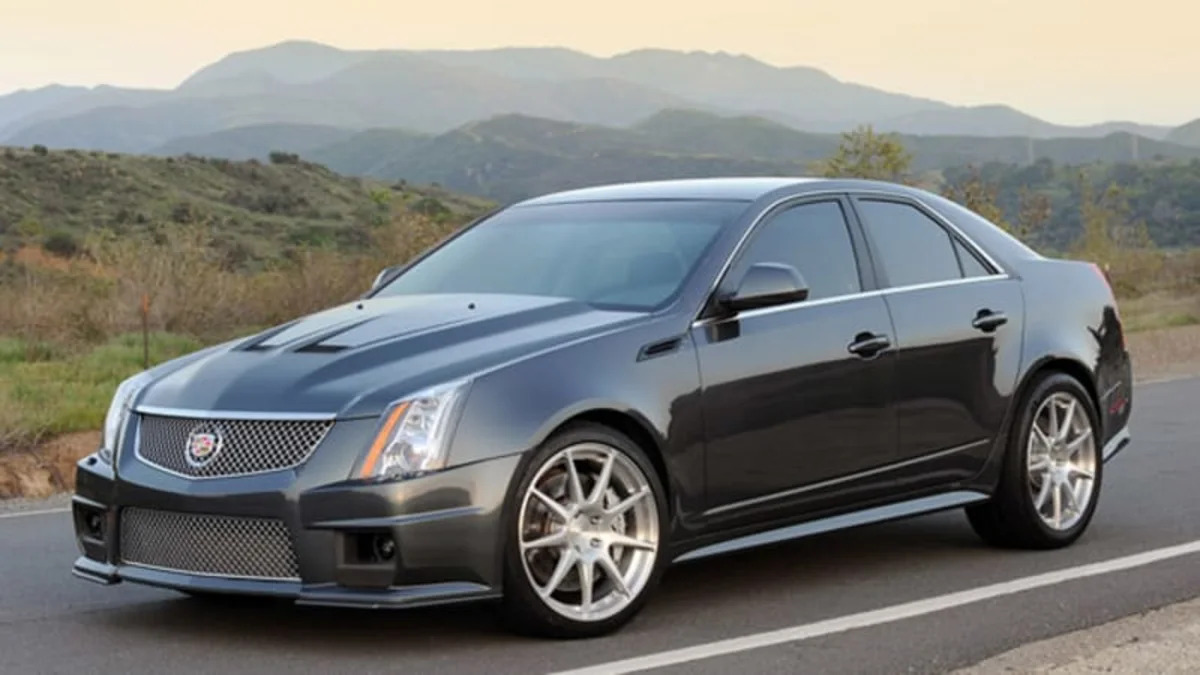
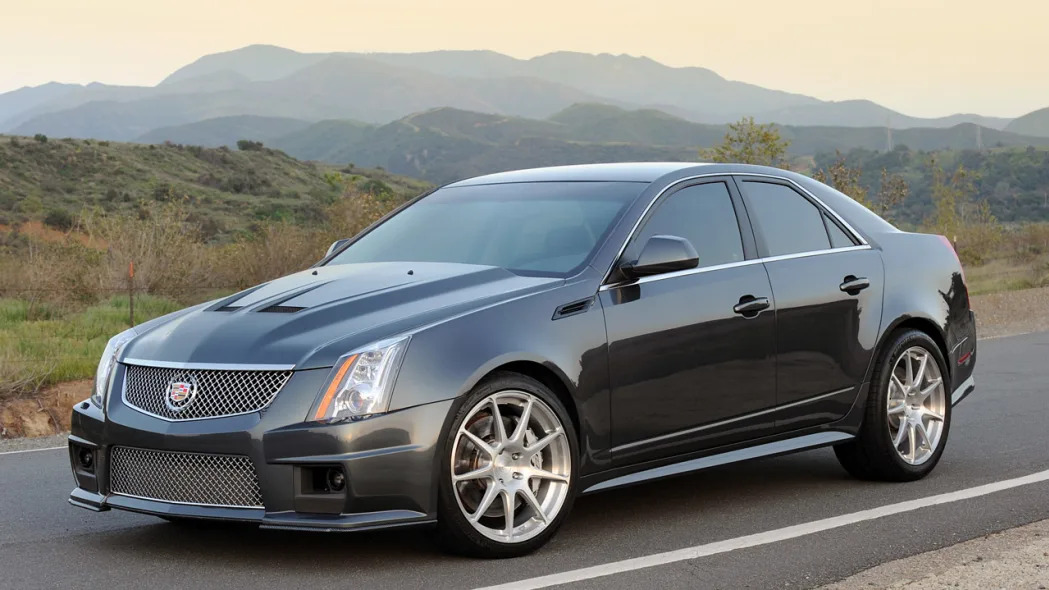
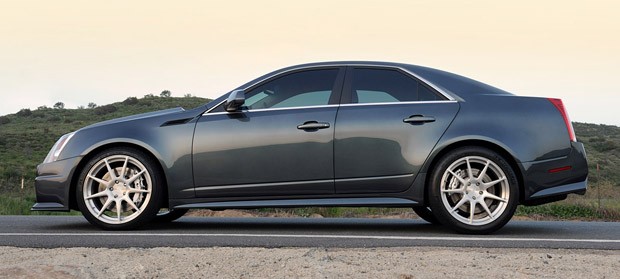
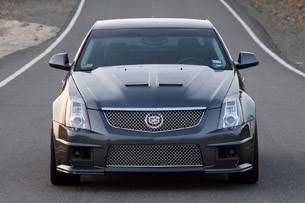
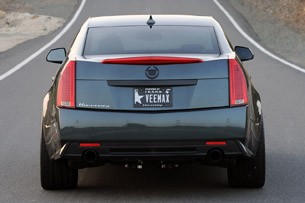
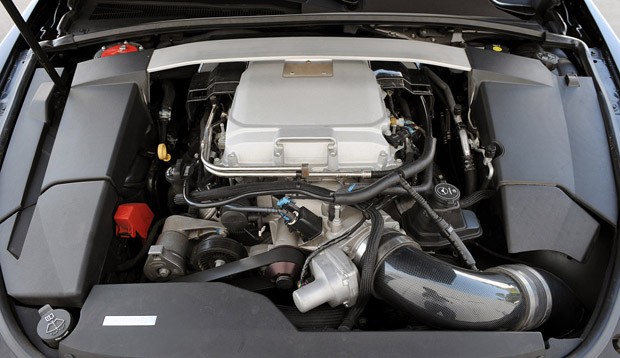
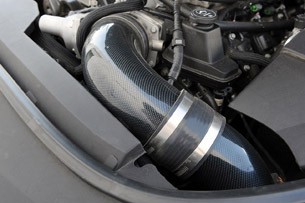
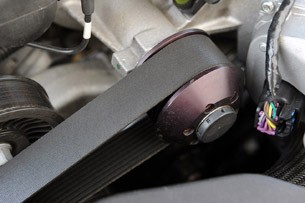
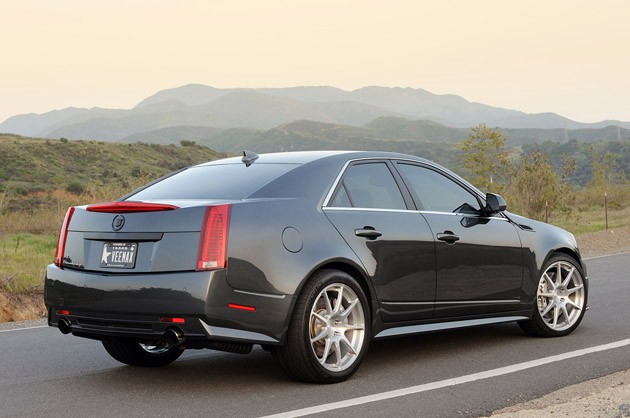
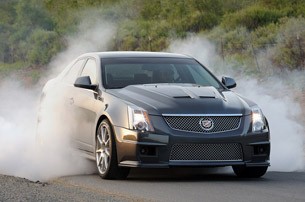
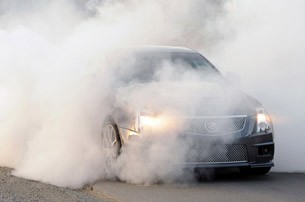

Sign in to post
Please sign in to leave a comment.
Continue